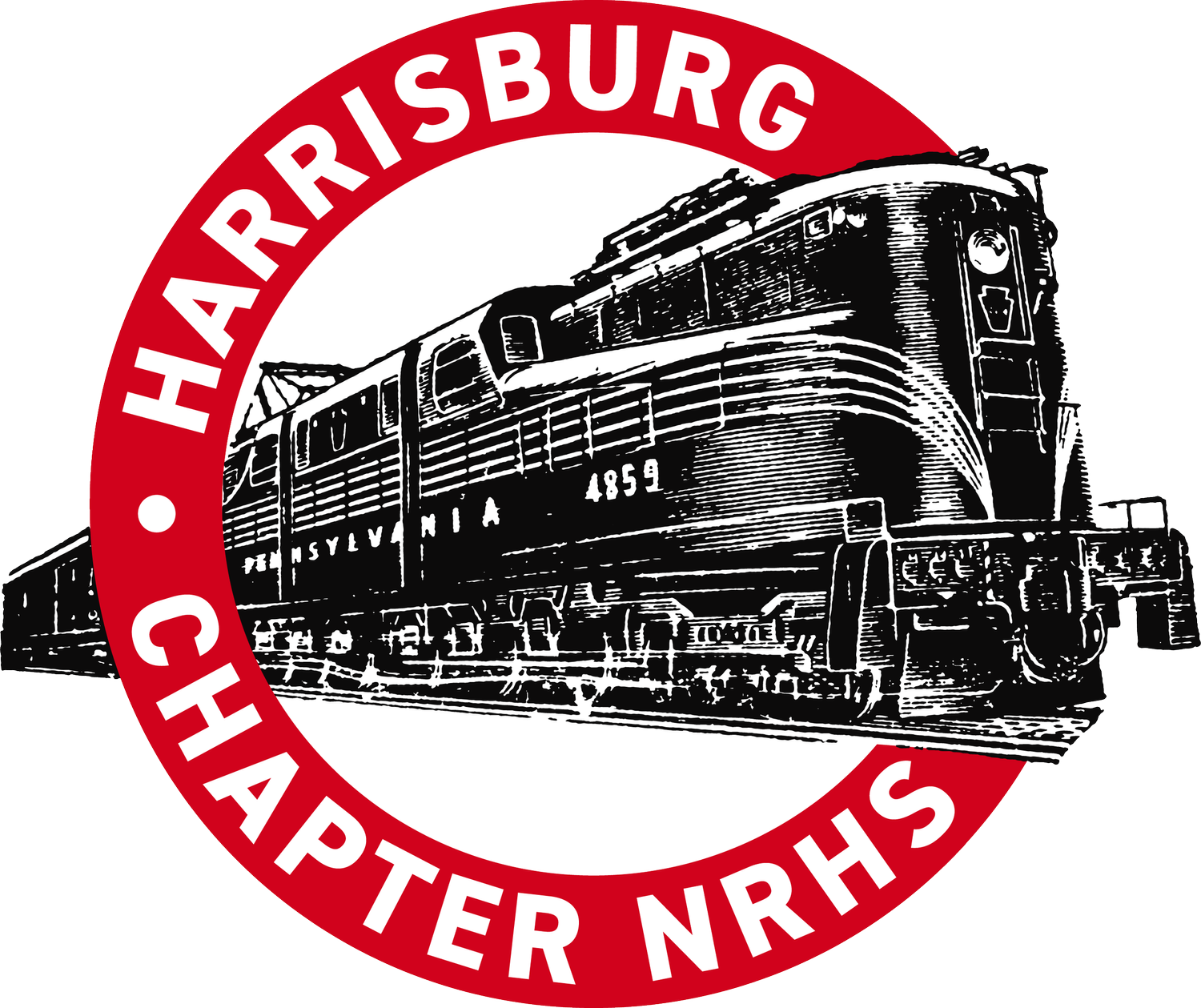Harris Tower opened on April 26, 1930. The tower’s interlocking machine functioned as an analog computer that ensures that two trains cannot be routed on a collision course. The interlocking machine has 113 levers that are used to control the switches and signals. The controlled territory was originally 3,250 feet in length extending from the middle of the Harrisburg Passenger Station platforms to approximately Herr Street. The territory varied in width from 4 to 16 tracks wide.
1945 - 87 switches and 106 signals
1982 - 18 switches and 29 signals
1991 - 4 switches and 10 signals
Harris Tower marked the western terminus of the Pennsylvania Railroad’s electrification of its passenger lines. It was at Harris that westbound trains would have their electric locomotives (like the venerable GG1) removed and replaced with steam or diesel locomotives before continuing their journey westward, with the process reversed for eastbound trains.
Harrisburg was also a point where trains were split and combined. Eastbound trains would be split into New York / Philadelphia and Baltimore / Washington sections, again with the reverse occurring for westbound trains. All of this combined to make Harris Tower a very busy and very important point on the Pennsylvania Railroad system.
Traffic in the 1930s included more than 100 scheduled passenger trains per day with multiple sections of many trains greatly increasing that number. There were approximately 25 freight trains per day, as well as numerous light engine and switching movements. The construction of Harris Tower allowed the railroad to close three nearby towers, reducing manpower to 18 men. At its peak, Harris was a three shift, 24/7 operation.
Following World War II, with the advent of the Interstate Highway system and passenger jet aircraft, passenger rail travel diminished sharply. With the decrease in traffic levels, the amount of trackage at Harris was gradually reduced. Switches and signals were removed from service and their controlling levers were physically bolted in place.
A $9 million rebuild of the interlocking by Conrail in 1989 left Harris with very little trackage to control. Amtrak, the owner of the building, subsequently moved the functions of Harris Tower to nearby State Tower, located in the Harrisburg Passenger Station building.
Harris Tower was closed on November 15, 1991. At the time of its closing, Harris was down to one man working a single, 11 a.m. to 7 p.m. shift. The tower was added to the National Register of Historic Places on August 30, 1994.
Photos
Photos #1 to #8 by John Fryer. Text by Dan Rapak.
Photos #9 to #11 by Dan Rapak. Text by Dan Rapak.
Photos #12 and #13 by Linda Warner. Text by Jeff Warner.
Photos #14 and #15 unknown.
Click the images below to enlarge and view captions!
Additional Resources:
October 1930 article from Railway Signaling - This article from Railway Signaling and describes the then-brand new installation of Harris Tower. (Railway Signaling is a publication of the Simmons-Boardman Company of Chicago and is provided here with their permission.)
















